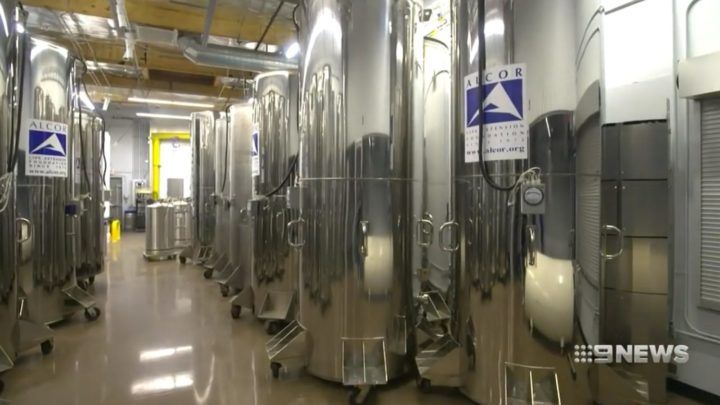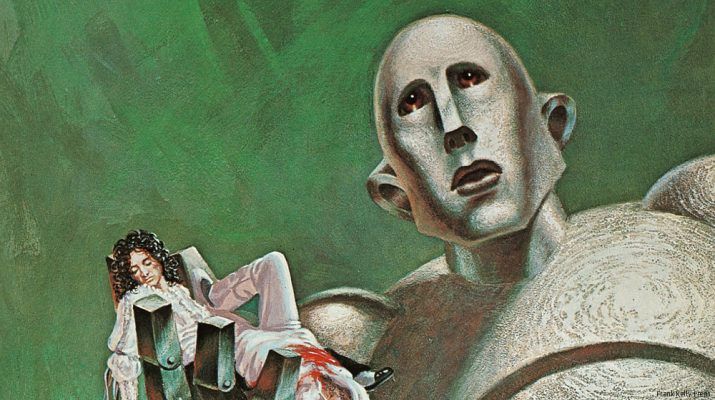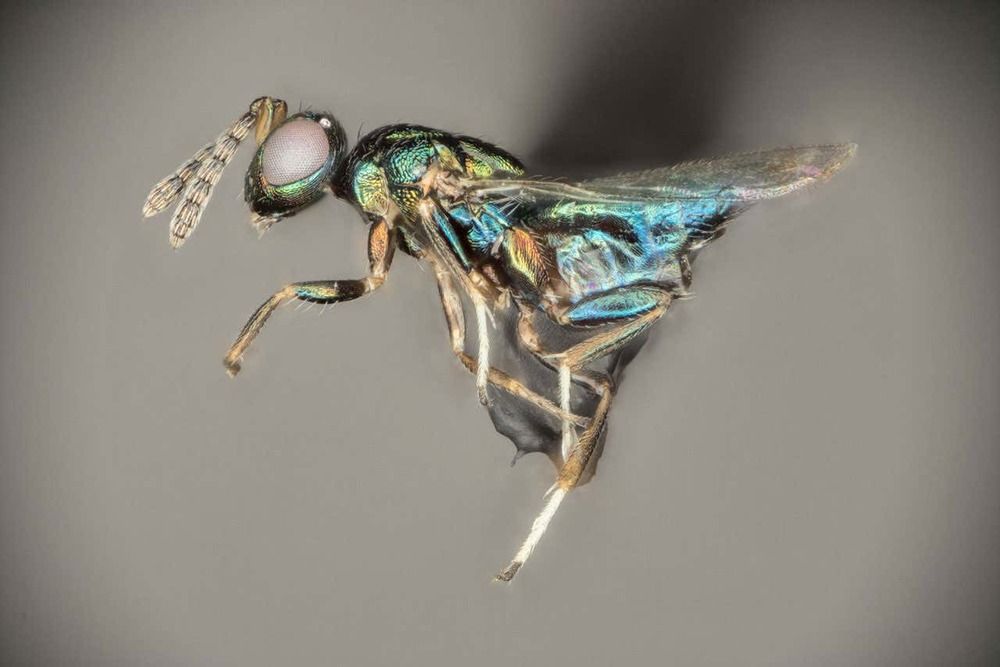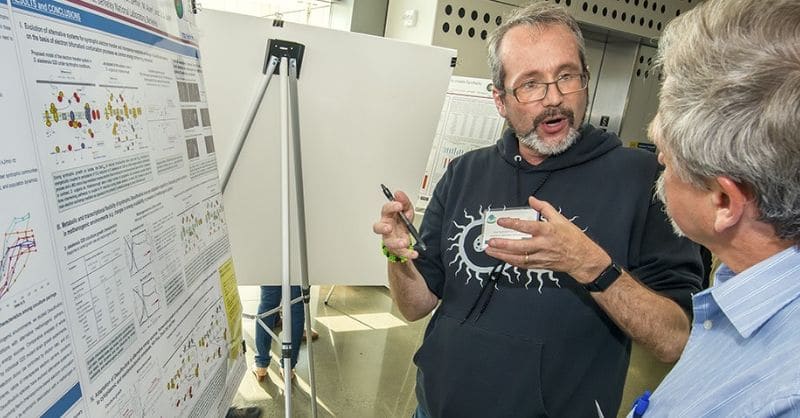Page 8277
Oct 2, 2019
MitoMouse – Curing Mitochondrial Dysfunction in Mammals
Posted by Steve Hill in categories: biotech/medical, life extension
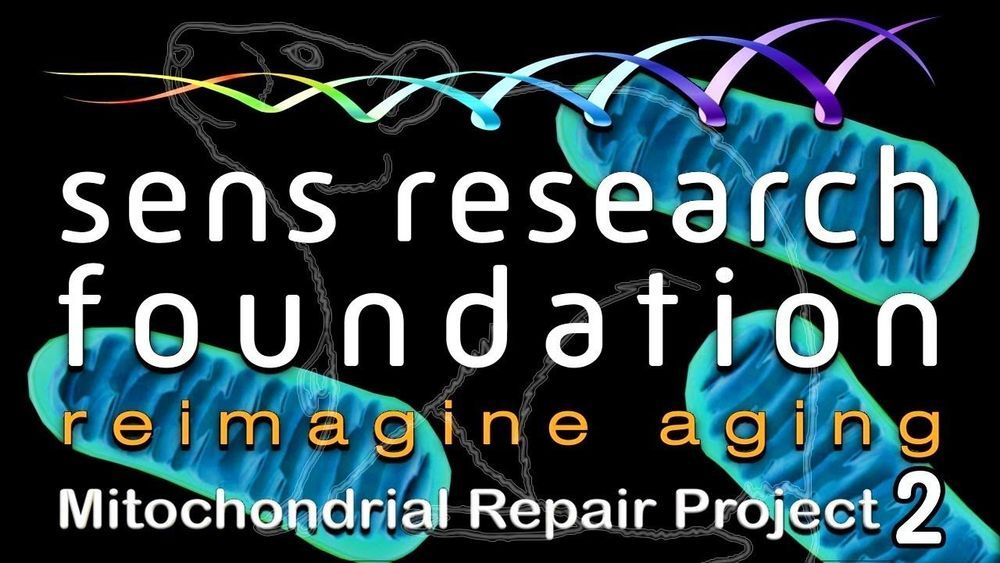
Today, we have launched the MitoMouse project on our fundraising platform Lifespan.io. This project aims to reverse the damage that aging does to the mitochondrial DNA and to restore energy production in our cells with the goal of preventing age-related ill health.
The power stations of the cell
Continue reading “MitoMouse – Curing Mitochondrial Dysfunction in Mammals” »
Oct 2, 2019
BBC Releases New Trailer For ‘War Of The Worlds’
Posted by Quinn Sena in category: futurism

The next major iteration will be coming from BBC later this year, produced as a serial. The BBC just dropped a new trailer for it, which you can view in all its glory here:
Oct 2, 2019
Ancient Aliens: Human-Alien Hybrids (Season 11) | History
Posted by Quinn Sena in categories: alien life, cyborgs, habitats

People who claim to have been abducted by aliens also say their DNA was manipulated and that human-alien hybrids live among us in this clip from Season 11’s episode, “The Returned”. #AncientAliens
Subscribe for more from Ancient Aliens and other great HISTORY shows: http://po.st/SubscribeToHistory
Find out more about the show and watch full episodes on our site:
http://po.st/AncientAliens
Continue reading “Ancient Aliens: Human-Alien Hybrids (Season 11) | History” »
Oct 2, 2019
Inside a cryonics lab: Woman reveals what really happens when bodies are frozen
Posted by Paul Battista in categories: cryonics, life extension
From signing a nine-page consent form to spending hundreds of thousands of dollars, a woman has revealed what happens inside a cryonics lab.
Oct 2, 2019
The Gut Microbiome Affects Muscle Strength in Older Adults
Posted by Steve Hill in categories: biotech/medical, health, neuroscience
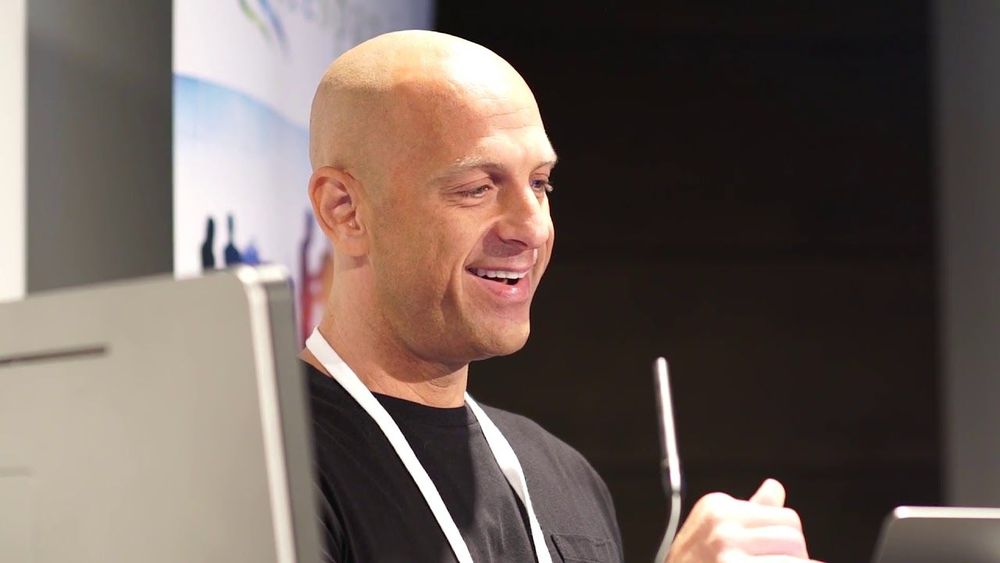
A role for the gut microbiome on the health and functioning of many tissues, including the brain, liver, kidney, and adiposity, has been widely reported in the literature. Interestingly, 2019 might be the year that the role of the gut microbiome on skeletal muscle (i.e. the gut-muscle axis) comes into greater focus.
The influence of the gut microbiome on muscle strength
Continue reading “The Gut Microbiome Affects Muscle Strength in Older Adults” »
Oct 2, 2019
Spiber’s biomaterials stack: From new production facility to fashion runway
Posted by Klaus Baldauf in category: materials
Dress made with 100% Brewed Protein materials
This unique textile comes to the forefront during the climax of the collection – an incredible ombré, cropped cape with hues of white and red. The garment’s texture seems to come alive, exuding a striking, three-dimensional quality.
“In several pieces of the collection, we created 3D patterns in the textiles by utilizing the natural supercontraction of spider silk,” says Meyer.
Oct 2, 2019
We need robots to have morals. Could Shakespeare and Austen help?
Posted by Müslüm Yildiz in categories: employment, ethics, law, robotics/AI
John Mullan, professor of English literature at University College London, wrote an article on The Guardian titled “We need robots to have morals. Could Shakespeare and Austen help?”.
Using great literature to teach ethics to machines is a dangerous game. The classics are a moral minefield.
When he wrote the stories in I, Robot in the 1940s, Isaac Asimov imagined a world in which robots do all humanity’s tedious or unpleasant jobs for them, but where their powers have to be restrained. They are programmed to obey three laws. A robot may not injure another human being, even through inaction; a robot must obey a human being (except to contradict the previous law); a robot must protect itself (unless this contradicts either of the previous laws).
Oct 2, 2019
Crypt-keeper wasps can control the minds of 7 other species of wasp
Posted by Quinn Sena in category: futurism
By Michael Le Page
A recently discovered parasitic wasp appears to have extraordinary mind-controlling abilities – it can alter the behaviour of at least seven other species.
Many parasites manipulate the behaviour of their victims in extraordinary ways. For instance, sacculina barnacles invade crabs and make them care for barnacle larvae as if they were their own offspring. If the host crab is male, the parasite turns them female.
Oct 2, 2019
How biomanufacturing can make living on Mars a reality
Posted by Klaus Baldauf in categories: alien life, engineering
The wheels are in motion to send the first humans to Mars. For many, the first image that calls to mind may be of a spaceship touching down in a vast, red desert. But arriving on Mars is only half the picture. People also need to live there, something that can be difficult to imagine because there are so many unknowns. Martian habitation presents one of the greatest scientific challenges of the 21st century. And it is a challenge synthetic biology will be integral in solving.
One of the most exciting ventures tackling this problem is CUBES, the Center for the Utilization of Biological Engineering in Space. SynBioBeta recently spoke with Adam Arkin, the director of CUBES and professor of bioengineering at UC Berkeley. Arkin, who will also speak at SynBioBeta 2019, described the goals of the CUBES project and how their work could enable human life on Mars.
CUBES is a five-year NASA Science Technology Research Institute. Veteran researchers, postdocs, and undergraduates have come together across six universities to develop biomanufacturing systems for Mars missions. But, explains Arkin, “since there isn’t a specified reference mission architecture for a real mission to Mars, we don’t know precisely what our constraints are.” Over the next five years, CUBES will build increasingly realistic models of what it will take to make integrated bio-systems feasible in space.

